If you're wanting to make the transition to natural hair, it is essential to understand the value of patience. Transitioning to natural hair isn't going to happen overnight, but it can be well worth the wait! and fortunately, there are several tips you can follow to make the transition as smooth as possible. Here's the ultimate go-to guide for transitioning to natural hair.
Choose the Chop or Long-Term Option
The first step in successfully going natural is to choose which route to take. Basically, you have two options to choose from -- chopping it all off at once or allowing it to transition over an extended period of time. Chopping it off comes with the advantage of not having to wait for months on end for the transition to take place. That said, you have to be ready to have extremely short hair, which we understand is not what everyone wants.
If you opt for the big chop option, you'll go to a hairdresser and all of your chemically processed hair will be cut off. Generally, this results in having a short afro. For those who are wanting to go natural overnight, this is the best option, but as we just said, you'll have to want to rock very short hair. If you choose the long-term transition option, you'll be able to keep your long hair, but that involves its own potential drawbacks. For one, you're likely going to have a lot of knots and breakage, which is where our next few tips come into play.
Deep Conditioning Should Be Weekly
Many people deep condition their hair only once or twice a month. When you're transitioning to natural hair, though, you'll quickly notice how stiff and dry your relaxed hair is, which makes it prone to breakage. While transitioning, this is the perfect time to restore moisture back to your hair. You can easily do this by deep conditioning on a regular basis. Ideally, you'll want to condition once or twice a week versus once or twice a month.
Seal In the Moisture
Deep conditioning is performed to add moisture to your hair. Once the conditioner has been rinsed out, though, much of the moisture leaves your hair. To help lock in moisture, you'll need to add certain oils to it. Some of the best oils you can use to lock in moisture include olive oil, coconut oil, and castor oil. You're going to add the oils after you deep condition. You'll part your hair into at least four sections and add the oil individually to each section.
Trimming Should Be a Priority
An essential key to transitioning to natural hair in the smallest amount of time possible is to remove the dead ends as soon as they appear. This means each day you'll want to take a look in the mirror and trim any dead ends you see. Not only will this help your hair look healthier, but it also promotes growth. If you can't carve time into your schedule to look for dead ends on a daily basis, trimming at least two times a week should be sufficient or schedule regular appointments with your favorite stylist for trims.
Protective Styling Is Key
When transitioning to natural hair, you're going to go through a period of time when you're walking around with hair that has two different textures. In an attempt to make your hair look as best as it can during this period of time, you'll need to blend the two textures together, ideally by styling it in braids or twists. Not only does this type of protective styling allow your hair to rest in the same style for weeks on end but it helps pass the time too. Each day, you can look at the ends of the braids or twists to see if any dead ends need to be cut. You can also use perm rods to help!
Use Sulfate-Free Shampoos
Since no two person's style and look of natural hair is going to be exactly the same, it's especially important that you do all you can to enhance its health first and foremost. One of the number one tips for this is to switch to sulfate-free shampoo. You may think that all of the foam and bubbles that form when shampooing your hair is a good sign, but this is actually an indicator of high levels of sulfate, which don’t help your hair at all. Sulfate has a tendency to dry out your scalp as well as your hair, which, of course, increases the odds of breakage. When you switch to a sulfate-free shampoo, you add moisture to your hair, reduce dryness, and help eliminate breakage. As you're shopping for sulfate-free shampoos, make sure to choose one that also contains strengthening ingredients, such as bamboo oils and extracts.
Say Farewell to Heat
One of the smartest moves you can make while transitioning to natural hair is to give your heating tools a farewell. Everyone knows heating tools, like blow dryers and flat irons, increase dryness in your hair and lead to breakage. Here's the good news, though. Once you have made the transition, your natural hair is going to be much healthier now that it hasn't been processed, which means it's going to be much stronger! After the transition is complete, then you can consider making use of your blow-dryer and flat iron again if you’d like, but we’ll always recommend keeping heat on your hair to a minimum whenever possible!
It's Time to Detangle Differently
If you have a difficult time detangling your hair, it's time to start taking a different approach. Anytime you pull on your hair while you're detangling it, this is not a good sign. You want to make sure your hair is as free of tangles as possible, but you should also be very gentle with your hair. To help with detangling, you should never start at the top of your hair. Always start at the bottom and work your way up. You also never want to detangle it without a precise approach: separate it into at least four sections and start detangling it while it's extremely wet. The wetter, the better; this allows the comb or your fingers to slide down and through the hair without breaking it. Before you actually pick up a comb, though, you'll want to spray each section of hair with detangling and conditioning products specifically designed for curly hair. Then, you can start detangling with your fingers and follow up with a comb after you’ve worked out the most major tangles.
Use the Right Tools
Anytime you take a blow dryer to your hair, you need to make sure it's on low heat; this applies both during and after the transition to natural hair. Why? Check out this helpful information from The Natural Haven to learn how heat negatively impacts your hair: “If you heat keratin (hair protein) to around 215-235°C (419-455F) the alpha helix starts to melt. This is a physical change and it is irreversible, your hair will retain the shape of the melted keratin at a molecular level. Your hair shows you this molecular damage by not getting back into its natural curl or wave and staying straighter.” In addition to using a blow dryer on low heat, you'll also want to make sure you set any heating tools to their lowest settings, like flat irons and curling irons. Another helpful tip to follow when using a blow dryer on low heat is to also use a diffuser; this further ensures no parts of your hair are becoming too hot. Here's a list of tools you'll need to help you during and after the transition to natural hair are:
● Clarifying shampoo
● Deep conditioner
● Styling gel/cream
● Leave-in conditioner
● Wide-tooth comb
● Satin sleeping bonnet (Don't have one? That's okay. You can always use a satin pillowcase)
● Moisturizing conditioner
You Have to Chop the Dead Ends
We've already covered how you need to be extremely adamant in chopping off your dead ends, but we'd like to reiterate our point by covering why dead ends must be cut off instead of being repaired. Since dead hair has no growing cells, this means any dead ends are going to stay dead. You can try all you want to revive the dead hair, but it's not going to lead you anywhere. In fact, you may end up damaging the hair even more. You may find product after product stating it can repair dead ends but really, there is no bringing them back to life. Your time will be much better spent promoting healthy, new growth and showing it off by trimming away your ends!
Washing Your Natural Hair
Years ago, there was a myth floating around that dirty hair was actually healthier, and the dirtier your hair is, the faster it will grow. This myth has been thoroughly debunked so now we can breathe a sigh of relief and return to washing our hair! While transitioning to natural hair, you'll need to part your hair just like we mentioned when conditioning and detangling it. Divide into at least four sections and wash each section individually. If your hair is thick, you may need up to at least 10 sections. The thicker the hair, the more sections. And the thicker the hair, the more product you're going to need when washing and moisturizing it. When compared to washing relaxed hair, you're going to find it much more difficult and time-consuming to wash natural hair. Ideally, you will section your hair, wash one section with sulfate-free shampoo and then with conditioner. Next, deep condition it and rinse, followed by applying a leave-in conditioner. By this point, the section of hair you are working with should be tangle free. Once you're finished with a section, braid it and then move on to the next section.
Conclusion
Going natural is going to take time, a lot of effort, and a heavy load of patience. With the right products and attitude, though, you can enjoy a smooth transition to your natural, beautiful hair!
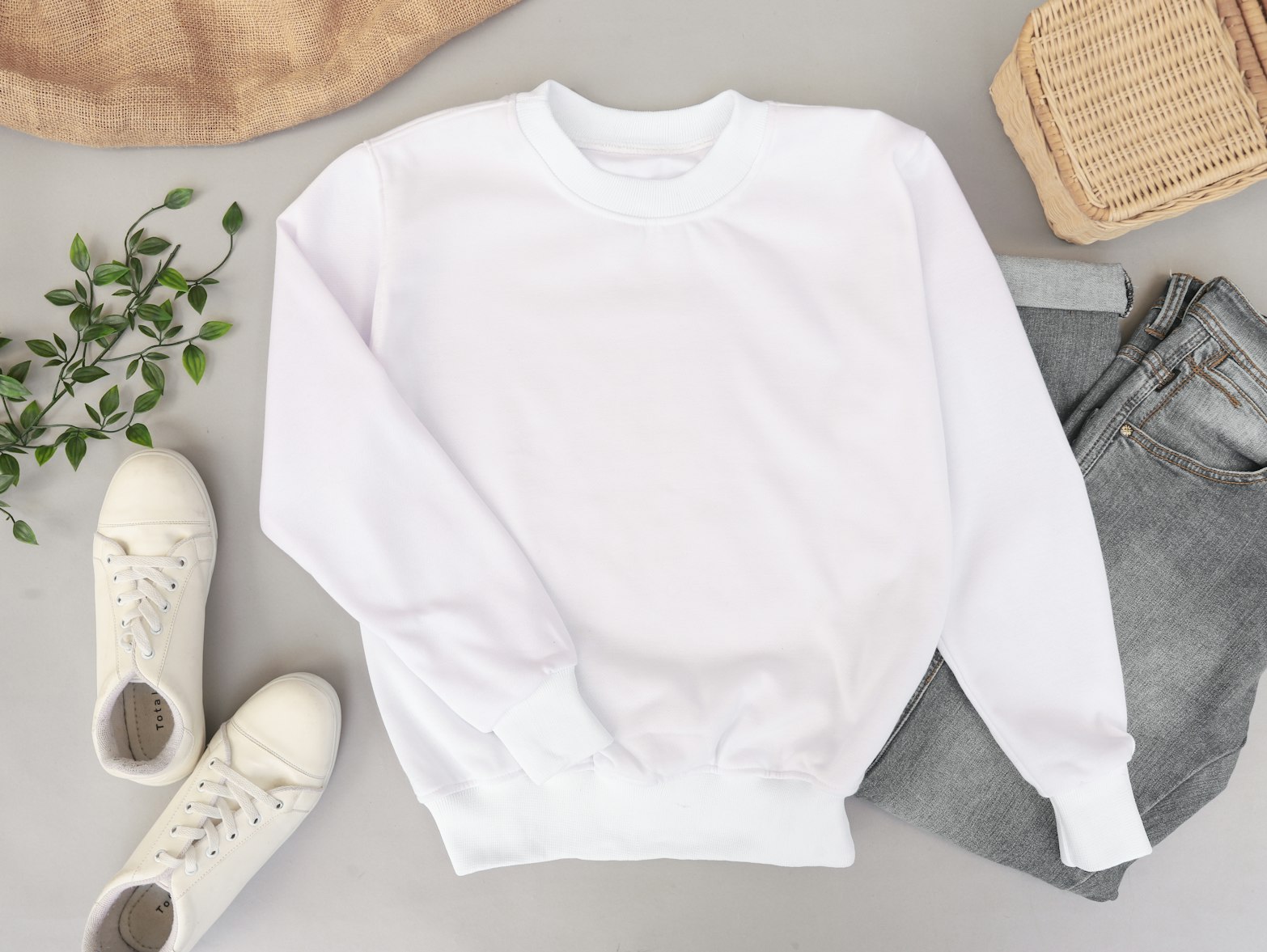
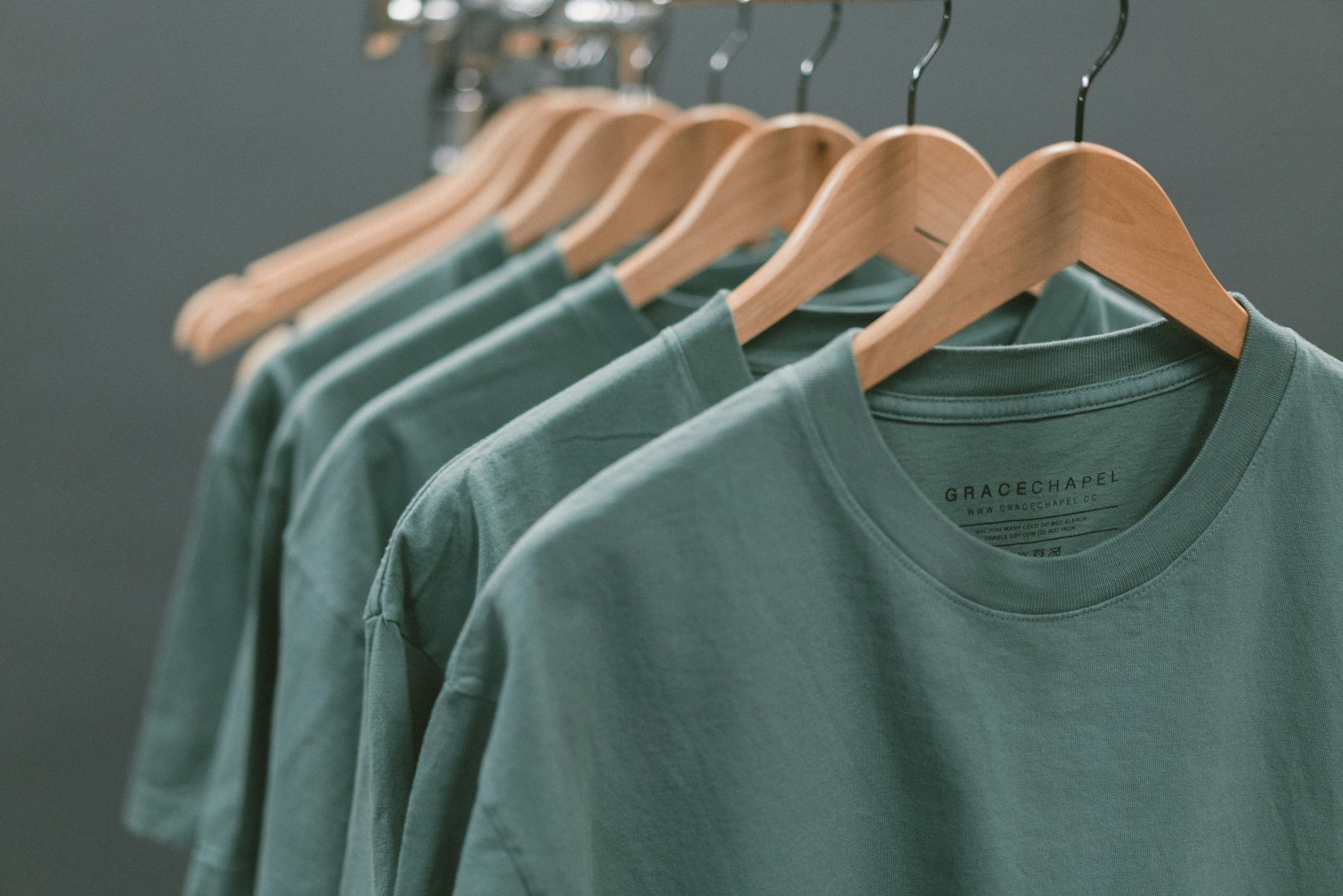
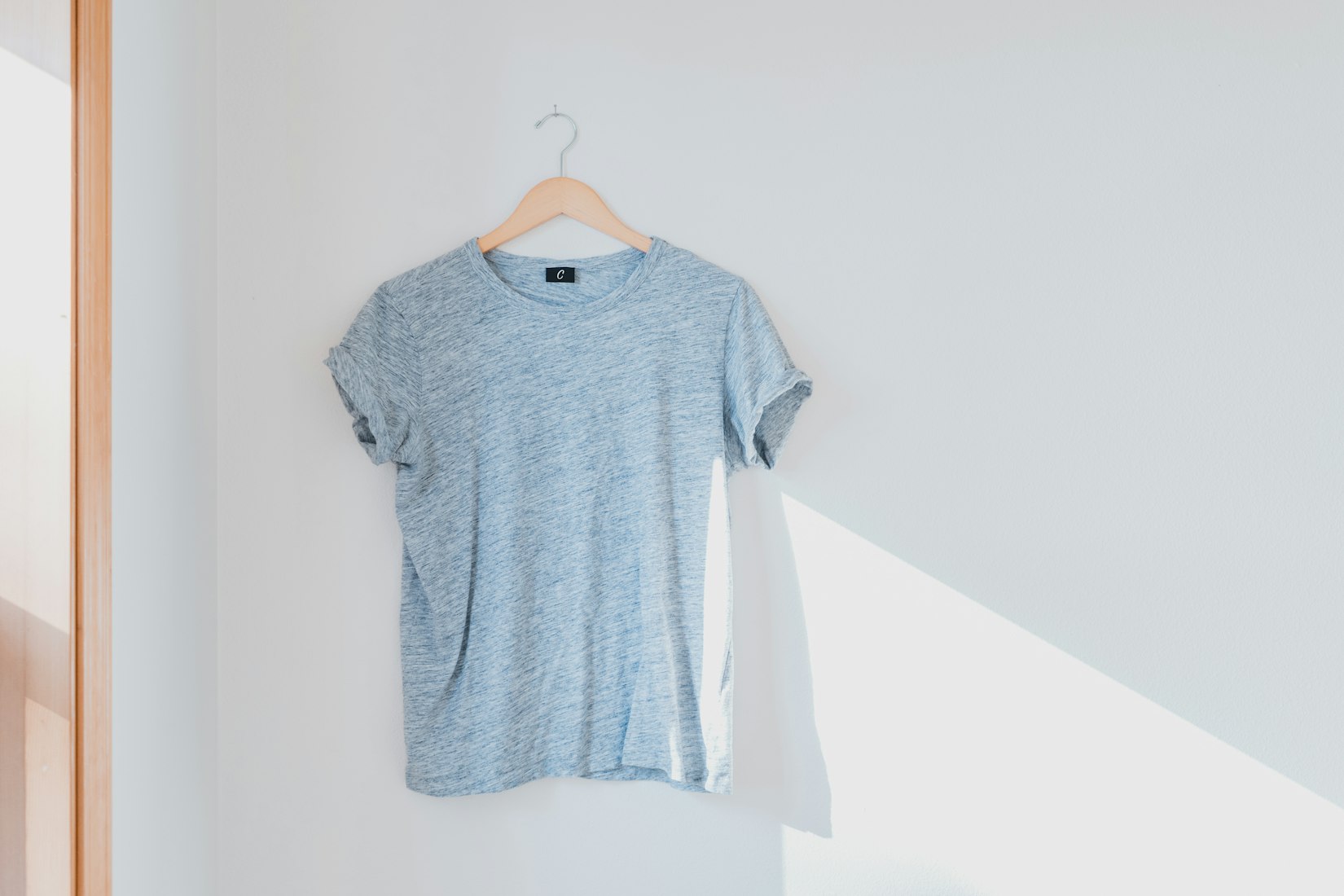
 English
English Arab
Arab
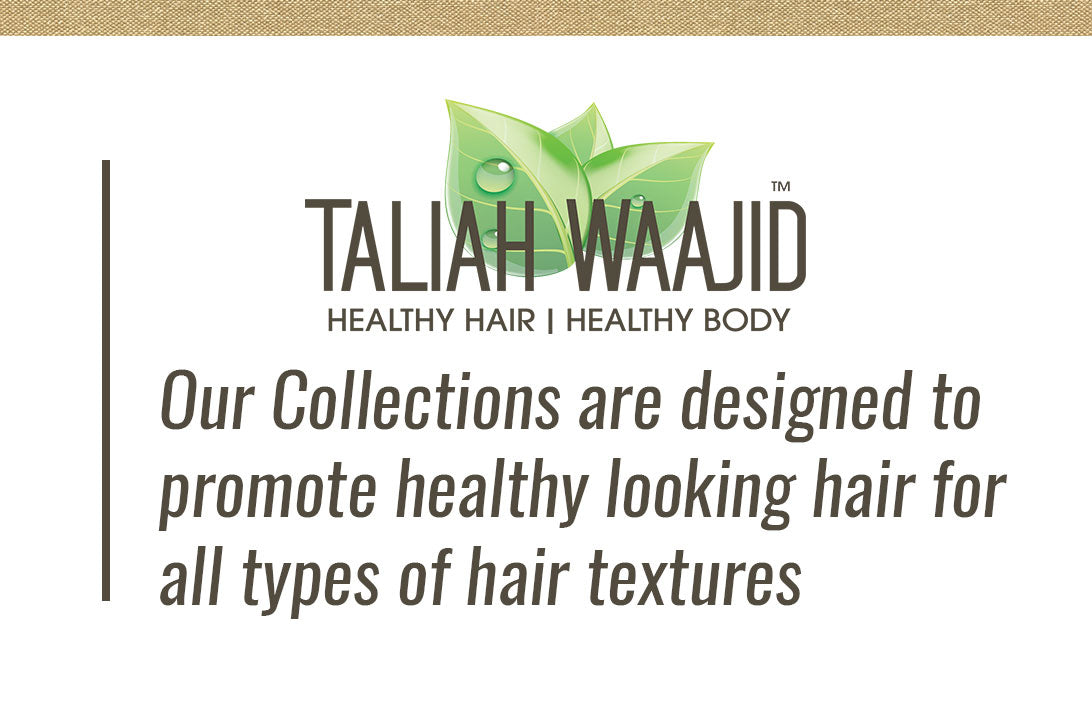
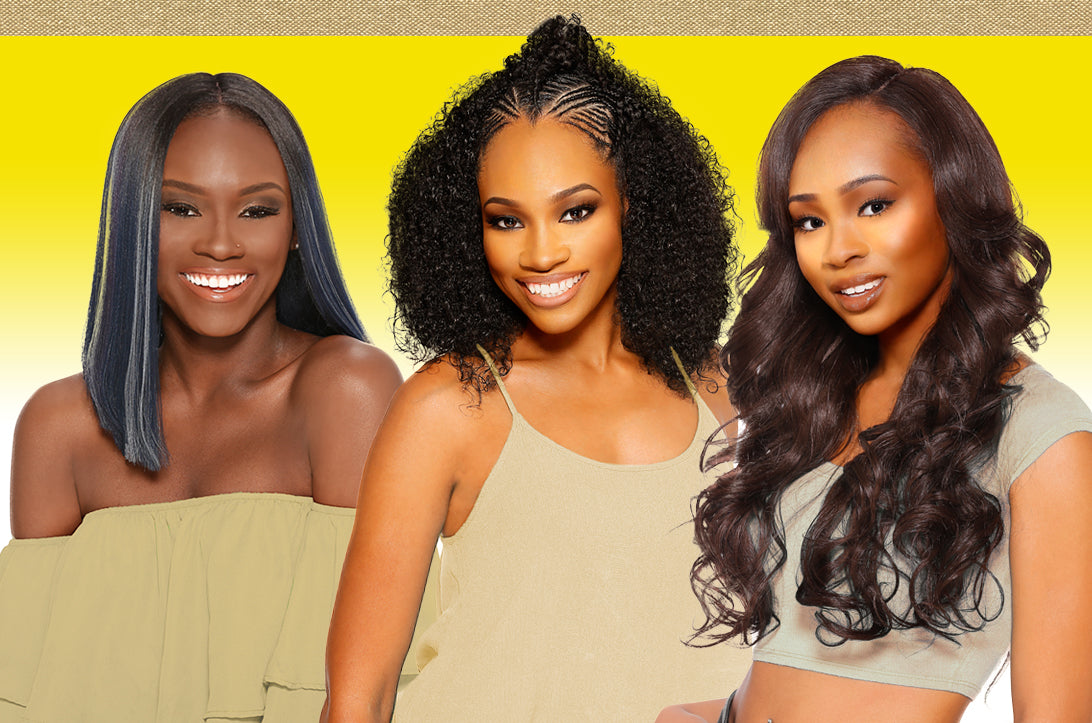


Hi! I was wondering if you do hair consulting on asian hair?
I’m not sure whether I’ve become too aware of it or not but I feel like I’m losing my hair more than usual and even after washing with shampoo and conditioner, my hair has never felt so limp, staw-like and dull like this before now